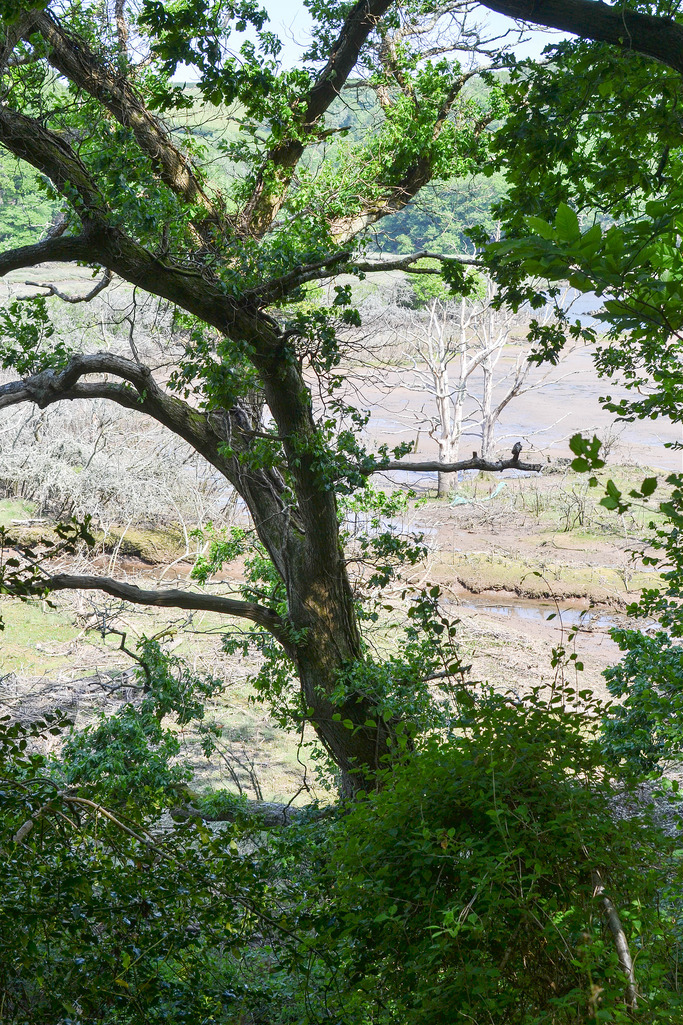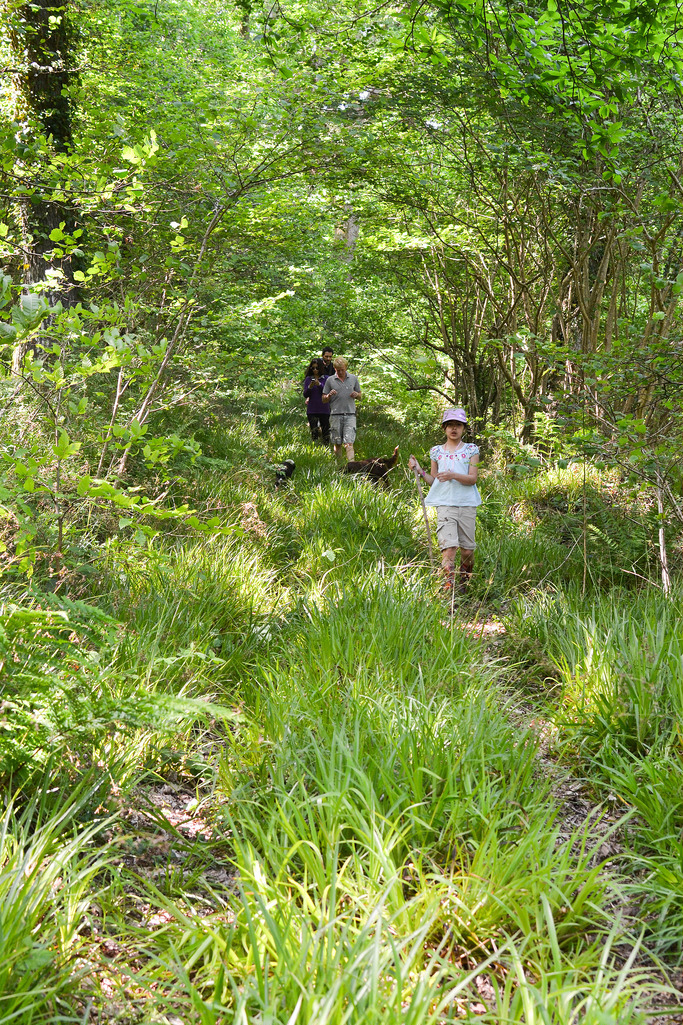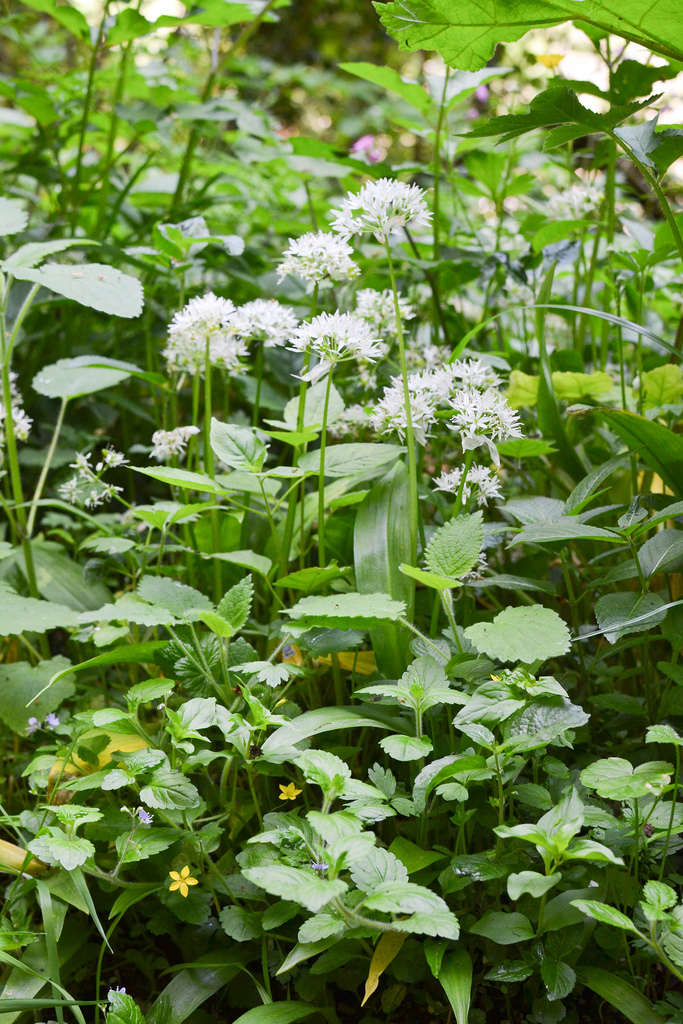Samphire – the name itself sounds so precious doesn’t it? So close to sapphire and to me it has the same sense of elusiveness and mystery. It doesn’t always go by this name. The French call it “sampiere” after Saint Pierre, the patron saint of fishermen. It is also called “sea asparagus” or “sea pickle”. In Norfolk it’s known as “sampha” and in North Wales, especially along the River Dee’s marshes, it has always been known as “sampkin”.
There are two types of samphire
Rock Samphire grows on the rocky UK coastline which is sprayed with sea water. I have never had this variety but it is supposed to be rather horrible in both taste and smell despite the pretty white flowers that grow off it.
Marsh Samphire has bright, almost luminous green stalks, which look a little like teeny asparagus shooting out of the ground. This is the samphire I was invited to learn about by the team at Riverford a few weeks ago.

A stroke of luck when an ancient wall broke
We met at Great Orcheton Farm which is run by Chris and Diana Miller and is Modbury in Devon near Riverford itself. The farm sits on 200 acres and includes a 70 acre section of coastal land and the Erme Estuary which were until recently protected by an ancient wall dating back to the 1800s. Sadly seven years ago the wall was damaged and water from the sea flooded onto the meadow which at the time was being used for cattle grazing. It was decided by the powers that be, that the wall would not be rebuilt but instead the land be allowed to flood as the tide saw fit and it is now classed as a Site of Specific Interest. At the time the family had no idea that samphire would start sprouting up and as the Miller brothers told us, “it was just a lovely surprise”.

It floods about twice a day at high tide and when the tide is out the family have about five hours to collect the samphire. I thought it would be pulled out root and all but like asparagus it is cut – snipped with a sharp pair of scissors in fact. In the hour or so that we were there I managed to gather about 200g worth but the pro team manage about 50-60kg a day and are capped at 200g per week to ensure the land remains protected and not over farmed.
It was such pleasant work. Reminded me of picking rice in the paddy fields of Japan long ago when I lived there. I imagine it’s pretty back breaking work for those who need to do it daily but they are rewarded with the stunning, desert-like scenery of the estuary every day. Beats high rise flats and motorways. Teamwork was the name of the game for my girls who filled a large foodbag between them and ate it all on the way back up to the farm.

And as for their ‘commute’ to the cool, sun-trapped site? Let’s just say that I would swap stinky tube trains for a rocky trail sandwiched by wild garlic, bluebells and wildflowers. This too has remained largely unchanged for centuries.


Samphire is at its best right now
Samphire is at it’s best in July and August. Look for bright shoots. The ones I picked were short but it does get to about 6 inches or so in length. Prepare it with a good wash under cold water – having said that I rather enjoyed eating it straight out of the ground – I am convinced it was sweeter than I have ever tasted before.
Super easy to cook and not bad for your health either
There is really not much cooking skills needed either – simply steam it and then add lashings of butter. Or you could douse it in a nutty olive oil and sprinkle over some cracked black pepper. Or simply toss it into some fresh leaves and herbs like this wonderful salad we had at The Riverford Field Kitchen.

It is abundant with goodness. Vitamins A, B and C as well as folic acid. It’s said to improve digestion and cleanse the liver. To be honest, because it tastes so fresh and healthy – even with that slight salty tang – it just feels like a great thing to eat!
You can get samphire in Riverford veg boxes right now or look out for it at your local fishmonger. Here’s a fab little video on BBC Food about the day with some great recipes at the end.
Do you like samphire? How do you eat it?
Related articles
- All hail samphire, the salty veg of the sea (telegraph.co.uk)
- A jewel set in a samphire sea (newstatesman.com)
